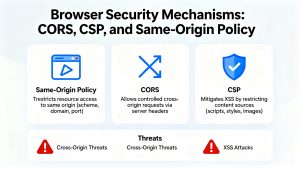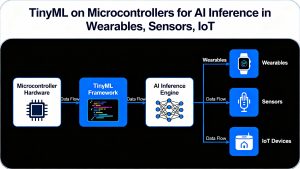A well-structured software testing strategy is the cornerstone of delivering reliable, high-quality applications. By establishing a clear testing roadmap, organizations can reduce bugs, minimize downtime, and enhance user satisfaction. Whether launching a new project or refining an existing one, a thorough strategy ensures targeted, efficient, and effective testing throughout the development lifecycle.
Understanding Project Requirements and Assessing Risks
The foundation of any testing plan begins with a deep understanding of the project’s requirements-both functional (what the software must do) and non-functional (how the software should perform). Regulatory standards and industry-specific rules should also be considered.
Risk assessment is equally vital. Identify which features or integrations are most critical or vulnerable, and prioritize them in your test plan. For example, if the application interacts with external systems or handles sensitive data, these areas demand extra scrutiny. A comprehensive risk analysis helps focus resources where failures would have the highest impact.
Selecting the Right Types of Testing
A robust strategy incorporates multiple testing types, each addressing distinct quality aspects:
- Unit Testing: Verifies individual components in isolation, typically handled by developers.
- Integration Testing: Ensures that different modules or services interact seamlessly.
- Functional Testing: Confirms that the software meets its intended specifications.
- Non-Functional Testing: Evaluates performance, security, usability, and reliability under various conditions.
- Acceptance Testing: Validates that the application meets business requirements and is ready for deployment.
Automation should be leveraged for repetitive or regression tests to enhance efficiency and consistency.
Defining Clear Testing Objectives
Every effective testing strategy sets out explicit objectives. These should align with business goals and might include:
- Verifying feature functionality
- Ensuring compliance with performance benchmarks
- Testing system behavior under load
- Identifying and mitigating security risks
Clear objectives keep teams focused and ensure all stakeholders understand the desired outcomes.
Establishing a Reliable Testing Environment
To ensure test results are accurate and reproducible, the testing environment should closely mirror the production setup. This includes matching hardware, software, network configurations, and databases.
For larger projects, virtualization or containerization (such as Docker) can simplify environment replication and management. Consistency in test environments reduces configuration-related errors and supports reliable test execution.
Integrating Continuous Testing and Automation
Modern software development relies on continuous testing, tightly integrated with CI/CD pipelines. By running automated tests with every code change, teams can detect and resolve issues early, reducing the cost and effort of fixing bugs later in the process.
Automated tests-especially for regression and performance-should be prioritized, freeing up manual testers to focus on exploratory and edge-case scenarios.
Maximizing Test Coverage
Test coverage measures how thoroughly the application is exercised by the test suite. While 100% coverage is rarely practical, focus should be on critical logic, user-facing features, security mechanisms, and integration points.
Utilize code coverage tools to monitor how much of the codebase is tested, and ensure that all requirements are mapped to corresponding test cases.
Fostering Collaboration and Communication
Effective testing requires collaboration across development, QA, product, and business teams. Early and ongoing communication ensures testers understand requirements, evolving features, and potential risks.
Regular coordination helps uncover edge cases, accelerates bug resolution, and allows for timely adjustments to the testing approach.
Measuring Success and Driving Continuous Improvement
A robust strategy is never static. Use key metrics-such as defect density, test execution time, and issue detection rates-to evaluate effectiveness1.
Solicit feedback from the team and stakeholders, and refine processes based on lessons learned from previous releases. Continuous improvement ensures the testing strategy adapts to new technologies, business needs, and industry trends.
Summary
Building a robust software testing strategy from scratch involves:
- Thoroughly understanding requirements and risks
- Selecting appropriate testing types and automation opportunities
- Setting clear objectives and maintaining reliable environments
- Integrating continuous testing practices
- Maximizing coverage and fostering team collaboration
- Measuring outcomes and evolving the approach
By following these principles, organizations can deliver high-quality, resilient software that meets user expectations and withstands the demands of modern digital environments. Continuous refinement and adaptation are essential for long-term success in software quality assurance.
Read more such articles from our Newsletter here.



